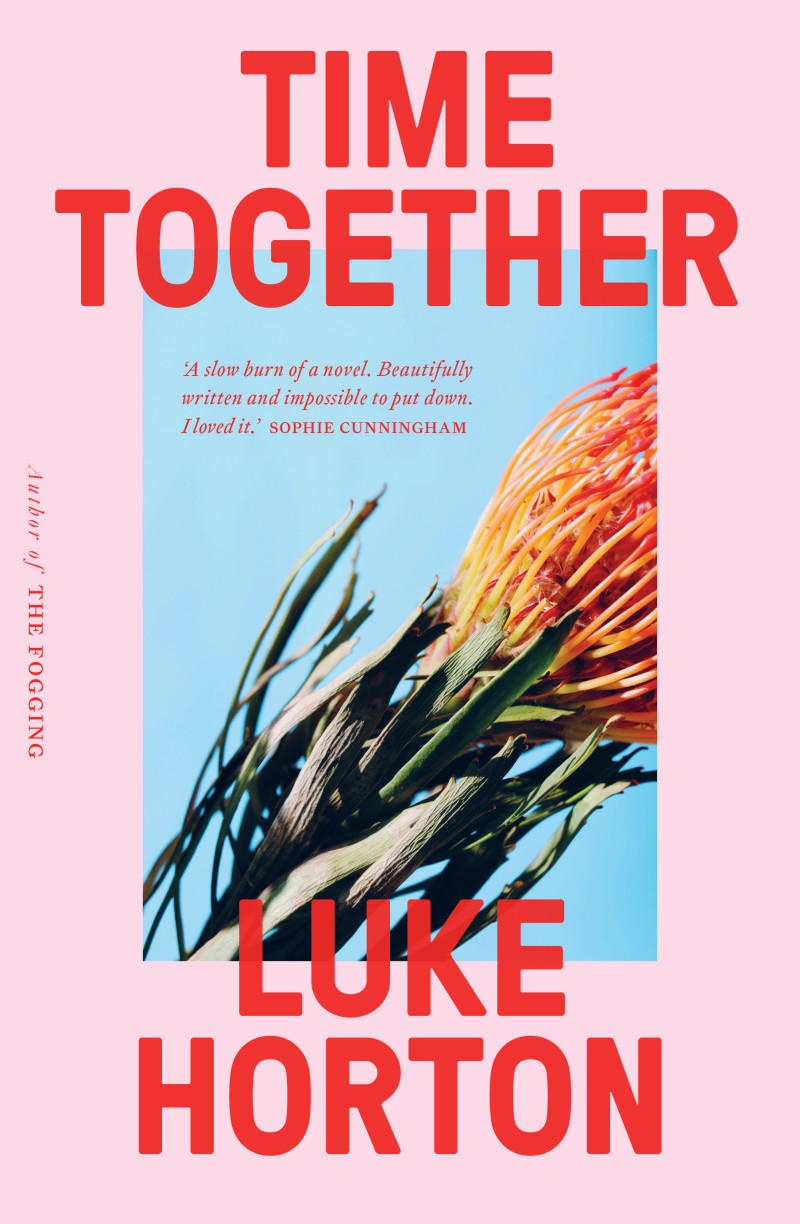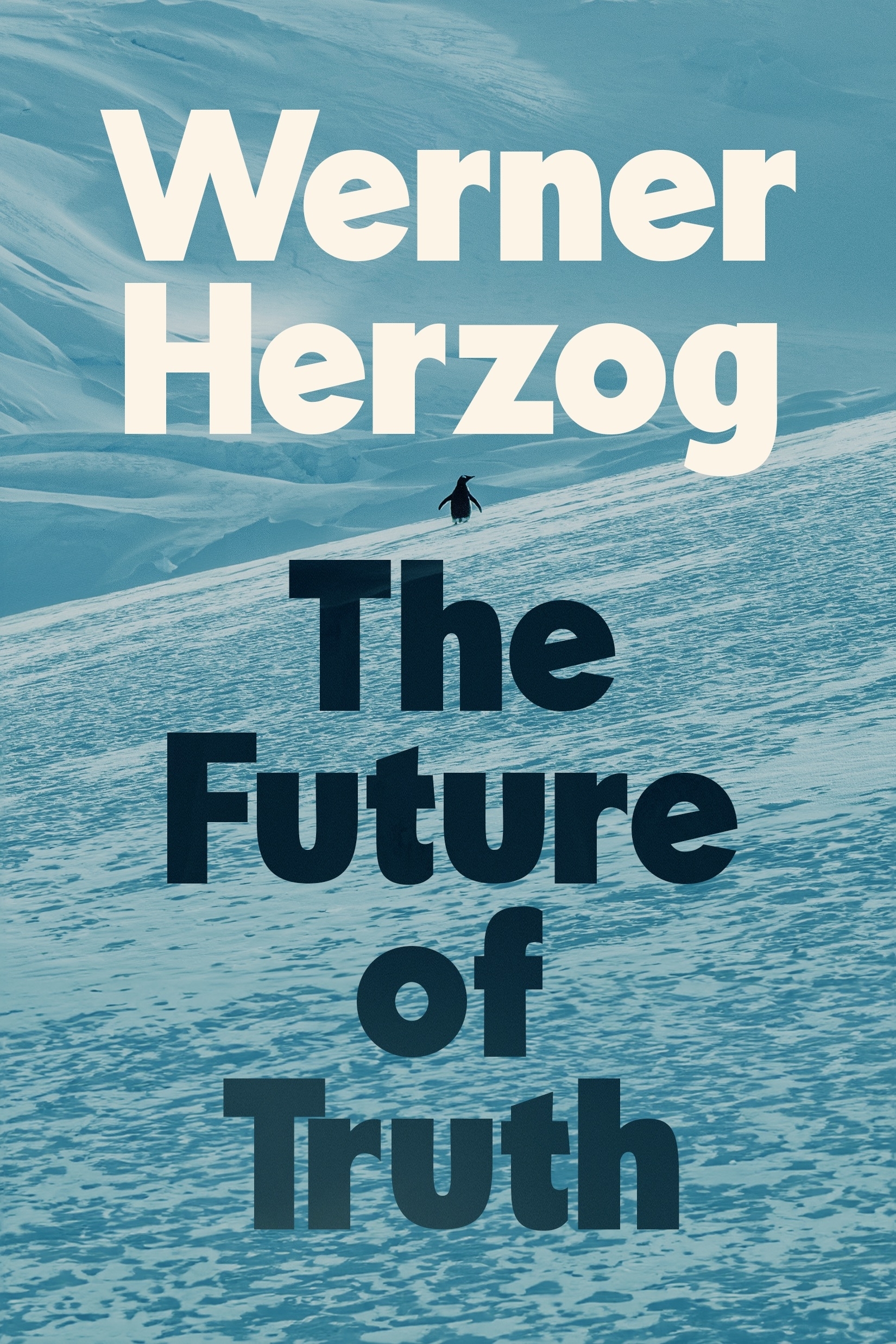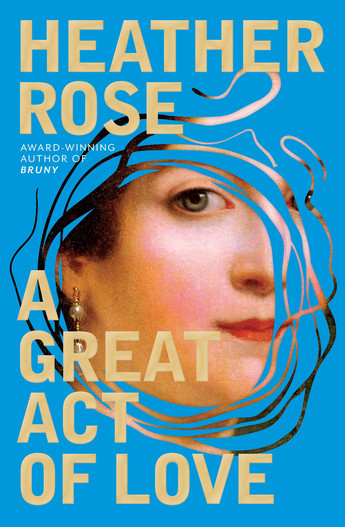ABR receives a commission on items purchased through this link. All ABR reviews are fully independent.
We need to talk
‘Maybe narrative structures didn’t work at all in the world of nature, the real world. Story arcs, character development. Maybe that was part of the problem – our need to make everything a stupid story, to narrativise, when really all this wasn’t a “story” at all. It was something else altogether.’
So muses the character of Annie in Luke Horton’s second novel, Time Together. This new work is not structurally subversive in an overt way. This is not W.G. Sebald, and nor is it in-your-face metafictional. But it is a slow burn of a novel where characters, and their defining features – if we can in fact define these – emerge slowly, and these characters do not necessarily ‘develop’ in the sense of arriving at a reckoning or self-realisation. As in Sebald’s work, the novel explores memory and history, albeit mostly on personal rather than broad, political terms.
Continue reading for only $10 per month. Subscribe and gain full access to Australian Book Review. Already a subscriber? Sign in. If you need assistance, feel free to contact us.
ABR receives a commission on items purchased through this link. All ABR reviews are fully independent.












Leave a comment
If you are an ABR subscriber, you will need to sign in to post a comment.
If you have forgotten your sign in details, or if you receive an error message when trying to submit your comment, please email your comment (and the name of the article to which it relates) to ABR Comments. We will review your comment and, subject to approval, we will post it under your name.
Please note that all comments must be approved by ABR and comply with our Terms & Conditions.